Acute artery occlusion -- which one?
Dr. Smith's ECG Blog
SEPTEMBER 23, 2024
Thanks in part to rapid bedside diagnosis, the patient was able to avoid emergent coronary angiography. Here is lead I from ECGs 1 and 2 shown side-by-side to highlight the change in axis from borderline right to completely normal. While not completely ruling out acute coronary disease — another cause should be considered.



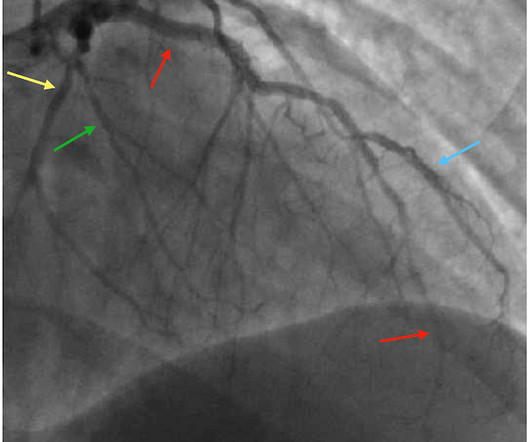
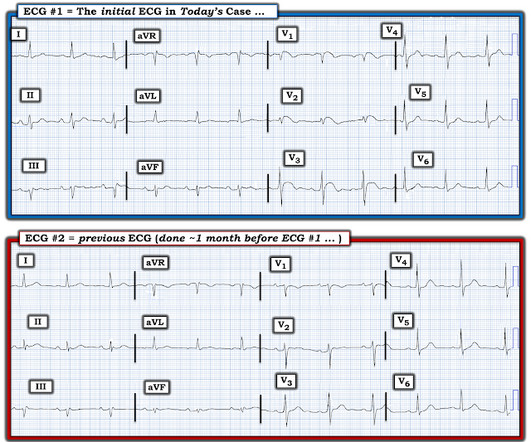
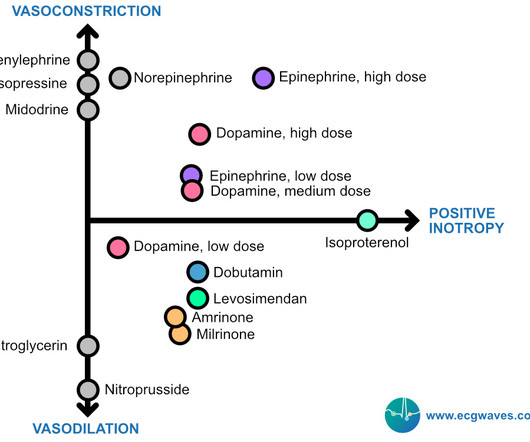
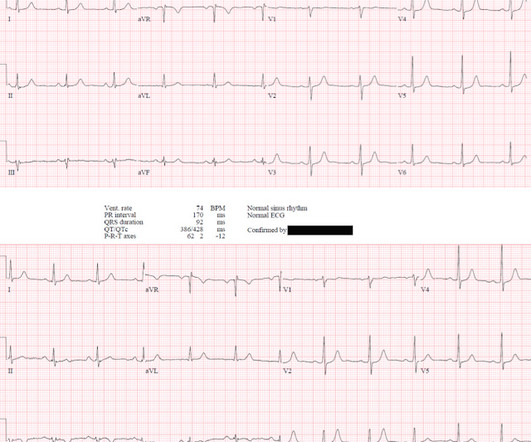


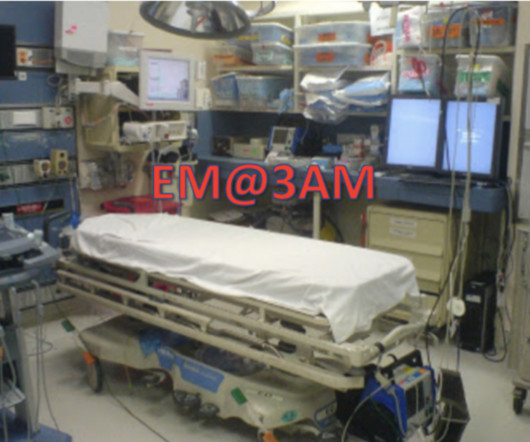
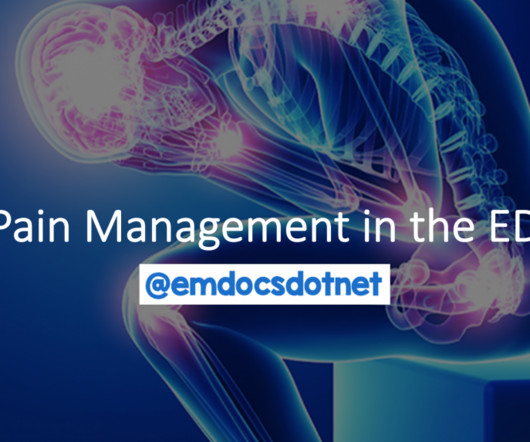
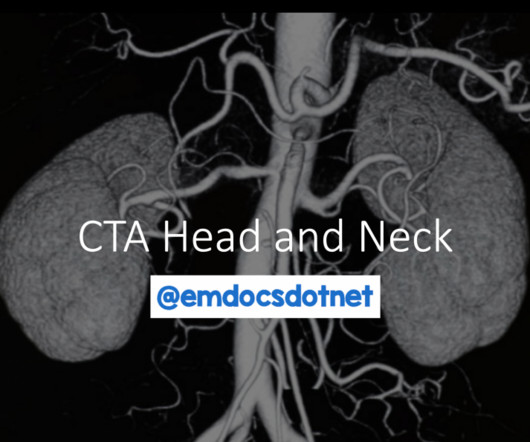






Let's personalize your content